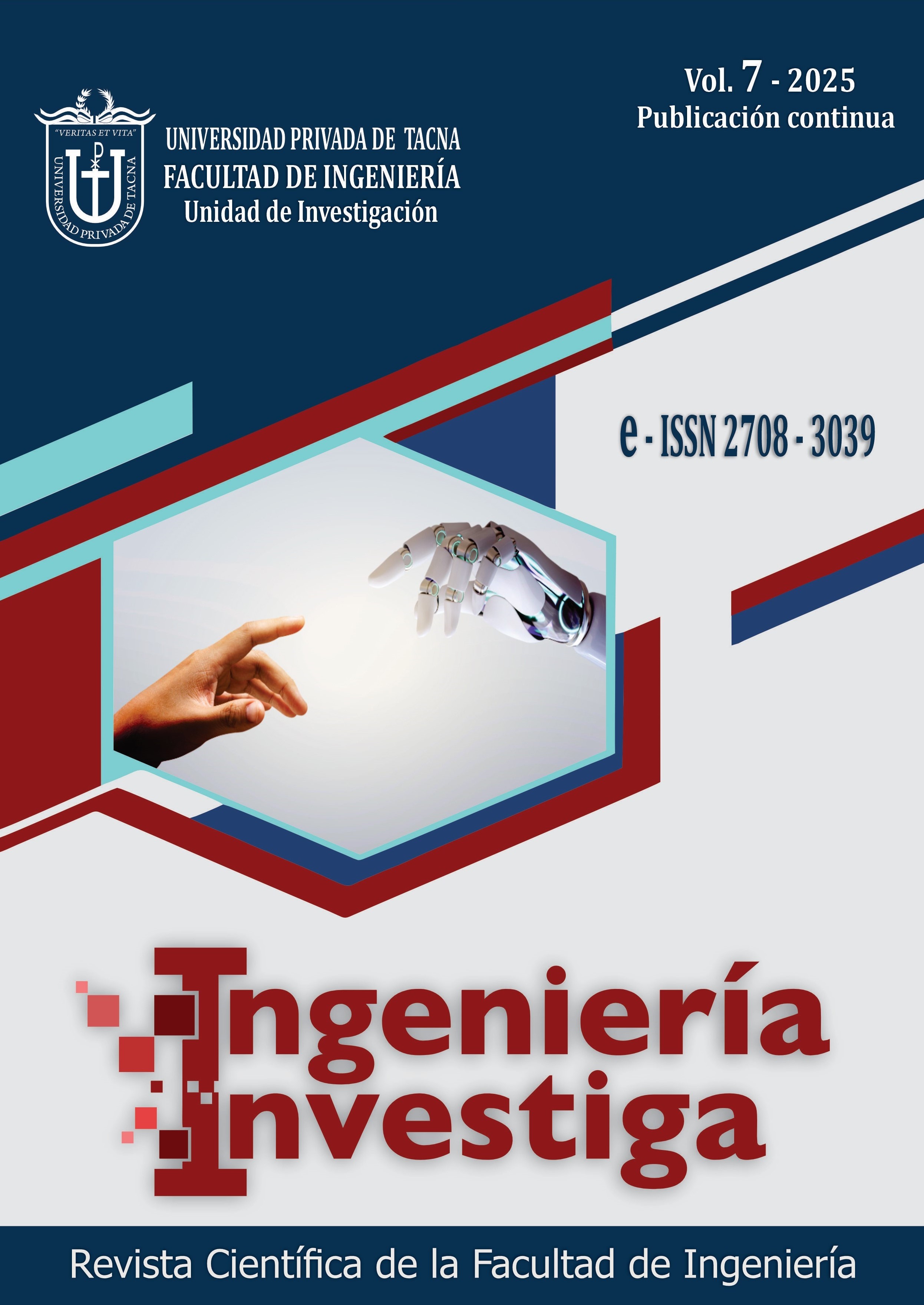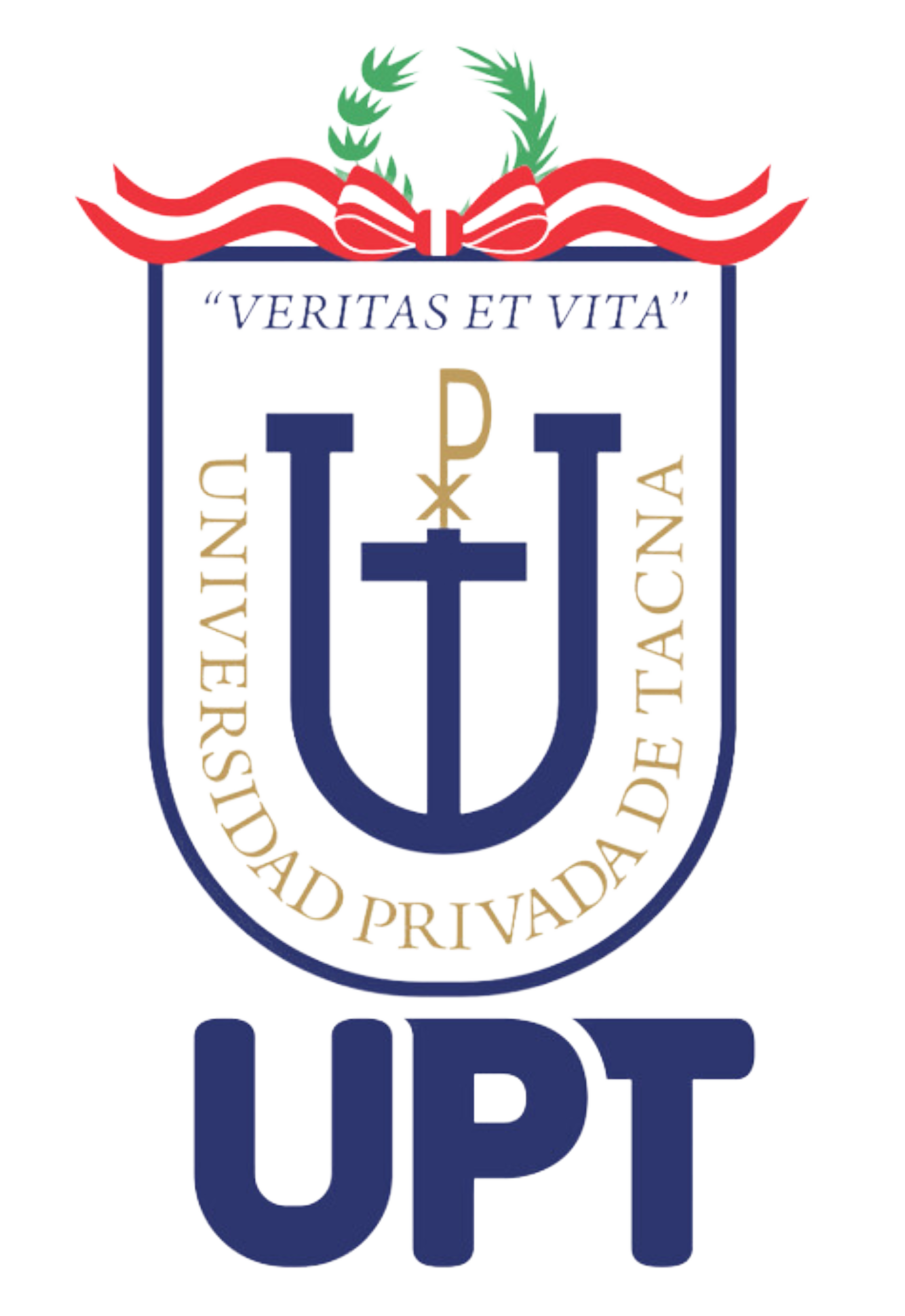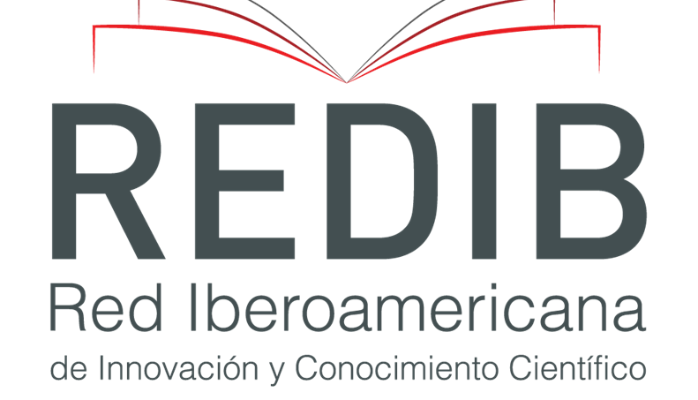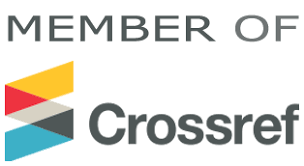Evaluation of Fragaria × ananassa attributes under different fertigation and substrate conditions
DOI:
https://doi.org/10.47796/ing.v7i00.1185Keywords:
fruit quality, soil fertility, horticulture, water managementAbstract
The postharvest quality of strawberry depends on agronomic factors, especially in high Andean areas where climatic conditions influence its development. This study aimed to evaluate the effect of fertigation and substrate type on the postharvest properties of the Chandler variety. A factorial design with eight treatments was used, combining four fertigation levels (0 %, 20 %, 40 %, and 60 %) and two substrate types (agricultural soil and sand). Evaluations of the physical, physicochemical, and functional properties of the fruits were performed in triplicate. The results showed significant differences (p < 0.05) among treatments, highlighting 60% fertigation in sandy substrate, which promoted greater red color intensity (a* = 60.27 ± 0.93), higher fresh weight (12.92 ± 0.64 g), reducing sugars of 1.94 ± 0.01 mg/g, and higher content of bioactive compounds such as phenolics (123.97 ± 0.1 mg GAE/100 g) and vitamin C (26.65 ± 0.06 mg/100 g). This treatment also showed greater antioxidant capacity (174.34 ± 0.07 μmol Trolox equivalents/100 g), associated with better water and nutrient availability. Statistical analyses confirmed a significant interaction between fertigation and substrate, suggesting that the appropriate combination of these factors can improve the overall quality of the fruit
Downloads
Downloads
Published
How to Cite
Issue
Section
License
Copyright (c) 2025 Fredy Rober Pariona Escalante, Alex Antony Apaico Huamani, Agustín Julián Portuguez Maurtua, Saúl Ricardo Chuqui-Diestra, Jack Edson Hernández Mavila, Isabel Gonzales Quispe, Yurfa del Carmen Aguilar Sánchez

This work is licensed under a Creative Commons Attribution 4.0 International License.








